With help from bystanders, cardiac arrest outcomes improving.
FOX News Article.
More people are stepping up to the plate when they see others suffer cardiac arrest, according to two new studies.
And the increase in the number of bystanders providing cardiopulmonary resuscitation (CPR) has been tied to better outcomes of the usually fatal condition, researchers report in JAMA.
“In terms of outcomes we saw survival with good brain function increase by 37 percent, which is a very remarkable result,” said Dr. Carolina Malta Hansen of the Duke Clinical Research Institute in Durham, North Carolina.
Hansen, the lead author of one of the studies, said a person in cardiac arrest is practically dead. “Your heart is not beating to allow circulation,” she said.
Each year in the U.S., there are about 400,000 cardiac arrests outside of hospitals that aren’t related to injuries, according to the American Heart Association. The Sudden Cardiac Arrest Foundation says about nine out of 10 people with this kind of cardiac arrest will die.
People in cardiac arrest need CPR to keep blood flowing throughout the body, according to the Sudden Cardiac Arrest Foundation. Then they need to be shocked into a proper rhythm with a defibrillator. Without treatment, a person dies within minutes.
For their study, Hansen and colleagues used data on nearly 5,000 people who had cardiac arrest outside of a hospital from 2010 through 2013.
Overall, about 86 percent received CPR before emergency medical services (EMS) arrived at the scene. About 46 percent received CPR from a bystander while about 41 percent received it from a first responder like a police officer or firefighter.
During those four years, the percent of people receiving CPR from a bystander grew from about 39 percent to about 49 percent. There was no difference in CPR performed by first responders or EMS over that period.
Over the course of the study, the number of people who survived without significant brain damage increased from 7.1 percent to 9.7 percent.
About 11 percent of those in cardiac arrest who received CPR from bystanders survived without major brain damage – compared to about 8 percent of people who received CPR from first responders and 7 percent who received CPR from EMS.
In a separate study published in the same journal, Japanese researchers who looked back at data on nearly 168,000 out-of-hospital cardiac arrest cases found that bystander responses improved between 2005 and 2012.
The number of people who survived without significant brain damage also increased, Dr. Shinji Nakahara of Kanagawa University of Human Services in Yokosuka and colleagues report.
“Time is of the essence,” said Dr. Venugopal Menon of the Cleveland Clinic in Ohio. “Once the heart stops beating there is no blood flow to the vital organs, especially the brain.”
Menon, a cardiologist who wasn’t involved in either study, said the results show that people reacting to others in cardiac arrests will save lives.
The next step is to understand the barriers that prevent people from helping others in cardiac arrest, Hansen told Reuters Health.
“There are a lot of barriers to initiating CPR,” she said. “People should know good Samaritan laws will protect whoever tries to help a person in need in a health-related situation. That means anybody. People don’t need to be certified in CPR or to use an AED.”
She added that a person who sees a cardiac arrest should call 911, start CPR and use an AED (an automated external defibrillator) immediately.
“If they don’t do that, the chances of survival fall 10 percent per minute,” Hansen said.
The American Heart Association explains that a person in cardiac arrest has no pulse and no heartbeat. More information about how to tell the difference between a heart attack and a cardiac arrest, and what to do, is on their website: bit.ly/17krQPa.

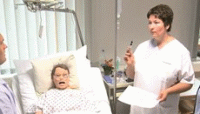
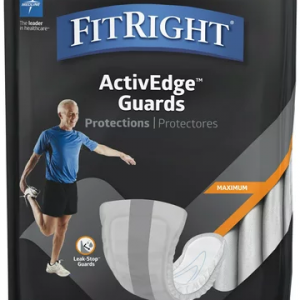

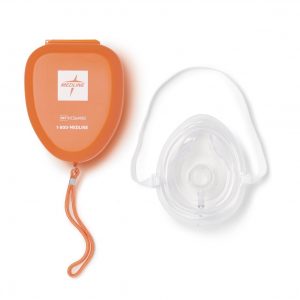
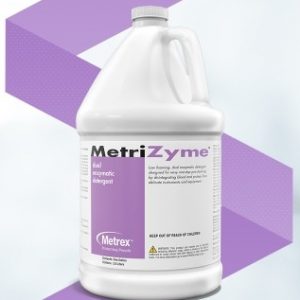



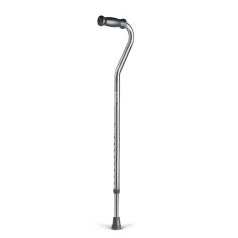
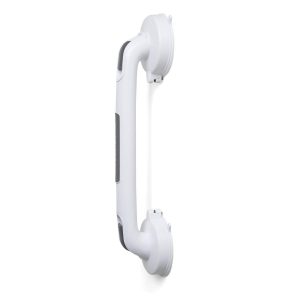
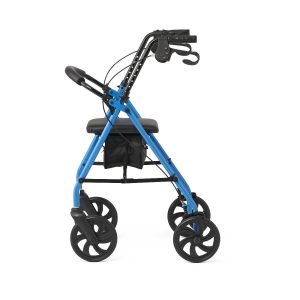

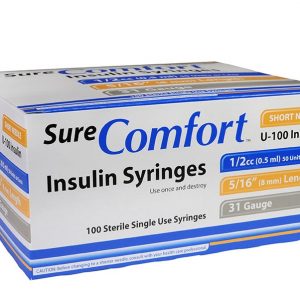
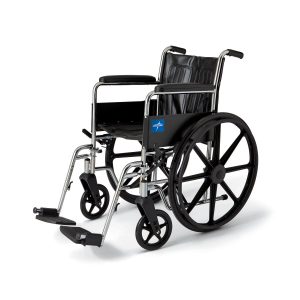
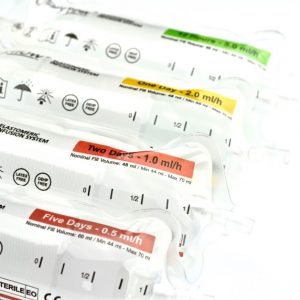
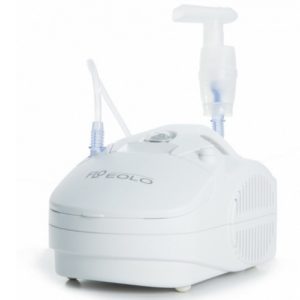
Sorry, the comment form is closed at this time.